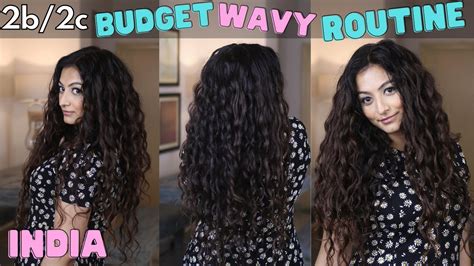Introduction
Embrace your naturally gorgeous Indian curls with these 777 captivating styles, tips, and insights. From the science behind those spiraling locks to the latest haircare innovations, this comprehensive guide will empower you to unleash the full potential of your tresses.

The Science of Indian Curly Hair
1. Curvature Types:
Indian curly hair falls into three main curvature categories:
– Type 2c: Loose, wave-like curls
– Type 3a: Defined, s-shaped curls
– Type 3b: Tight, corkscrew-like curls
2. Density and Porosity:
- Density: Indian hair tends to be high in density, meaning it has a large number of strands per square inch.
- Porosity: Curly hair is often low in porosity, which means it has difficulty absorbing and retaining moisture.
Pain Points and Motivations
Pain Points:
- Dryness and Frizz: Curly hair is prone to dryness and can become easily frizzy, especially in humid environments.
- Tangling: The tangled nature of curly hair can lead to breakage and damage.
- Styling Challenges: Finding the right products and techniques to style curly hair can be frustrating.
Motivations:
- Self-Expression: Curly hair is a unique and versatile texture that can be styled to express your individuality.
- Hair Health: Understanding the needs of your curly hair will help you maintain its health and prevent damage.
- Confidence: Embracing your natural curls can boost your confidence and self-esteem.
777 Styling Inspirations
Type 2c:
– Beachy Waves: Spritz with salt spray and scrunch to create effortless, loose curls.
– Pinned Braids: Section hair into three and create loose braids, pinning them up to create a soft, romantic look.
Type 3a:
– Defined Twists: Divide hair into sections and twist them until they curl into tight clumps.
– Loose Curls: Apply a curl cream and finger-curl hair for a softer, more relaxed look.
Type 3b:
– Finger Coiling: Section hair into small strands and coil them around your fingers for precise definition.
– Afro Bun: Gather hair into a high bun for an effortless and stylish everyday look.
Essential Haircare Tips
Moisture is Key:
- Use a sulfate-free shampoo and conditioner to avoid stripping away natural oils.
- Apply a deep conditioner weekly to replenish moisture and prevent dryness.
- Use a leave-in conditioner or oil to seal in moisture and protect against frizz.
Avoid Heat Damage:
- Limit the use of heat styling tools, such as blow dryers and flat irons.
- If using heat, always apply a heat protectant spray beforehand.
- Air dry your hair whenever possible.
Protect from the Elements:
- Wear a hat or scarf to protect your hair from the sun and wind.
- Avoid styling products with harsh chemicals, such as alcohol or sulfates.
- Use an anti-humectant spray to fight frizz in humid environments.
Innovative Hair Care
Hydrating Ingredients:
- Look for products containing hyaluronic acid, glycerin, and aloe vera to infuse your hair with moisture.
- Oils such as argan, coconut, and jojoba help seal in moisture and prevent dryness.
Protein Treatments:
- Protein treatments help strengthen and repair damaged curly hair.
- Keratin treatments can provide long-lasting curls with reduced frizz.
- Bond repair treatments heal broken bonds in the hair shaft to restore health and elasticity.
Tables for Reference
| Curvature Type | Characteristics |
|---|---|
| 2c | Loose, wave-like curls |
| 3a | Defined, s-shaped curls |
| 3b | Tight, corkscrew-like curls |
| Hair Density | Strands per Square Inch |
|---|---|
| Low | Less than 100 |
| Medium | 100-150 |
| High | More than 150 |
| Hair Porosity | Water Absorption |
|---|---|
| Low | Difficult to absorb water |
| Medium | Moderate water absorption |
| High | Absorbs water easily |
| Hydration Ingredients | Benefits |
|---|---|
| Hyaluronic Acid | Infuses moisture and reduces dryness |
| Glycerin | Attracts and retains water |
| Aloe Vera | Soothes and moisturizes the scalp |
